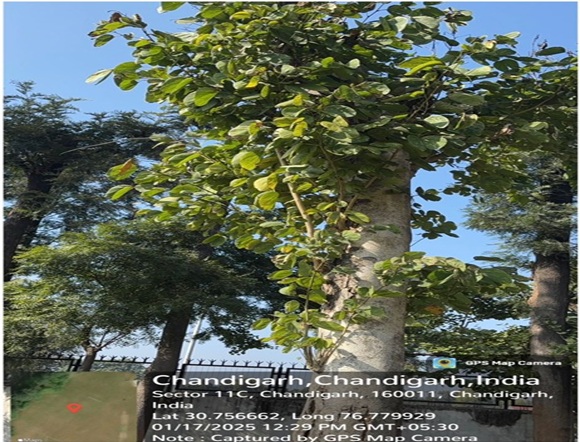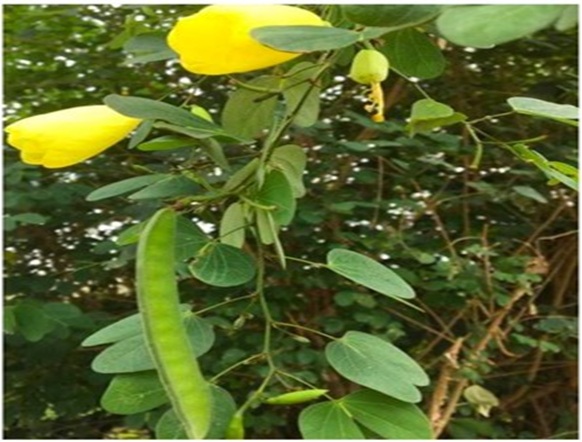

Habitat:
It is native to tropical and subtropical regions of Asia and is commonly found in India, Sri Lanka, Myanmar, and parts of Africa. It grows in dry forests, woodlands, and along roadsides, usually at low to medium elevations (up to about 1,200 meters).
Flowering:
It flowers during the summer to early fall. The flowers are yellow with a characteristic five-petaled structure, resembling a butterfly or orchid. They grow in clusters at the ends of branches and have a slight fragrance. The petals have a distinct, velvety texture due to the presence of fine hairs, giving the flowers a soft, fuzzy appearance.
FRUITING:
It produces flat, papery pods after flowering. The pods typically measure 10–15 cm in length and contain several seeds. Initially, the pods are green and turn brown as they mature. The pods split open when dry, releasing the seeds.
Climatic Conditions:
It thrives in tropical and subtropical climates, preferring warm temperatures (20°C–35°C) and moderate rainfall. It grows well in full sunlight and well-drained soils, tolerating drought once established.
Seed Propagation
It is propagated by collecting mature seeds from the pods, soaking them in warm water for 24 hours to soften the seed coat, and then sowing them in well-drained soil about 1–2 cm deep. Keep the soil moist and provide warm, sunny conditions for germination, which typically takes 2–3 weeks.
Part used:
Flowers – Used in traditional medicine for treating infections and inflammation.

Leave A Comment